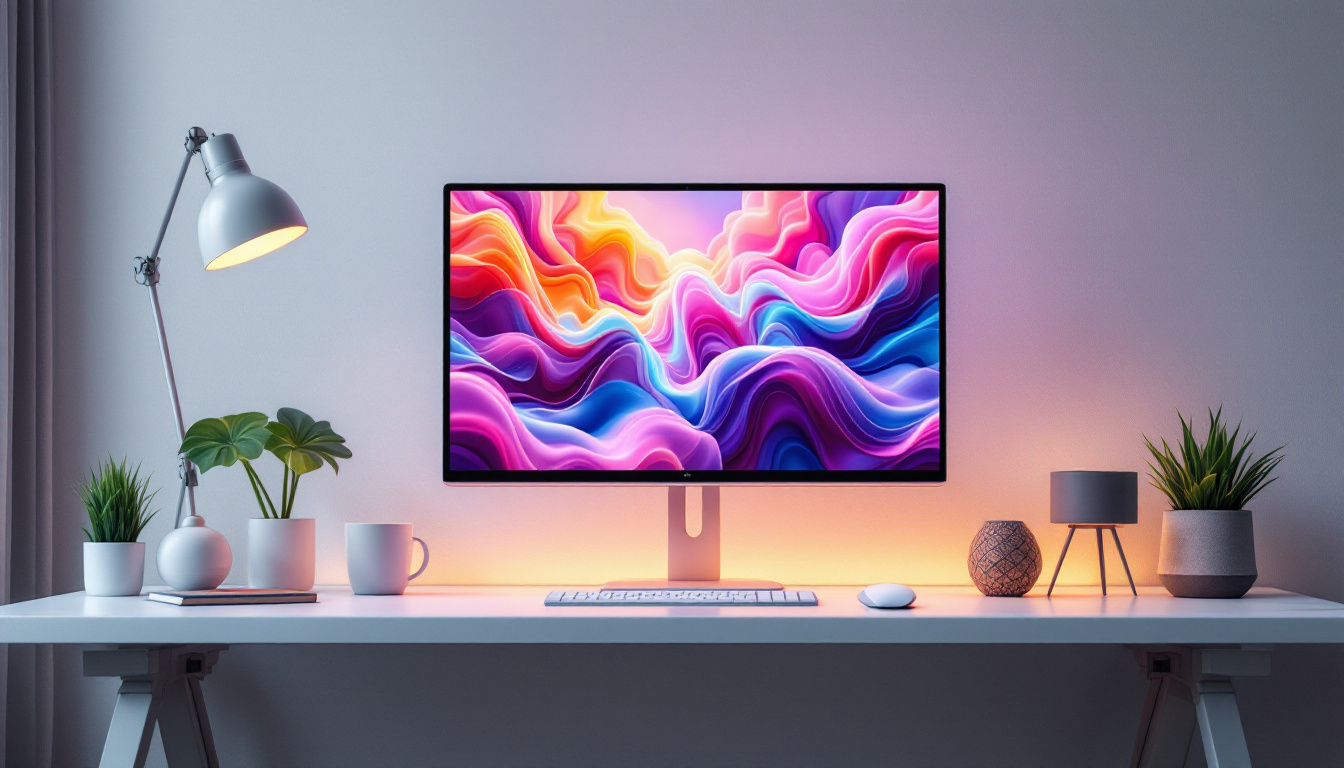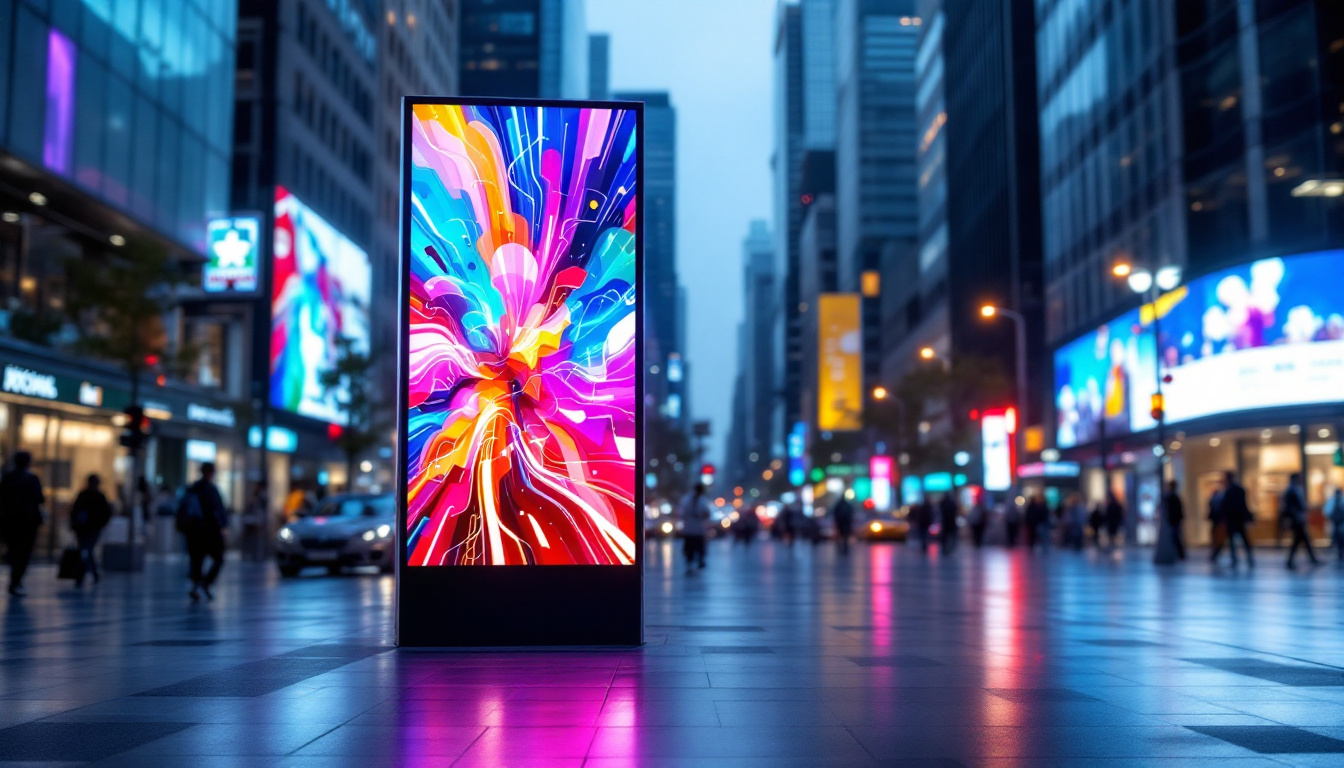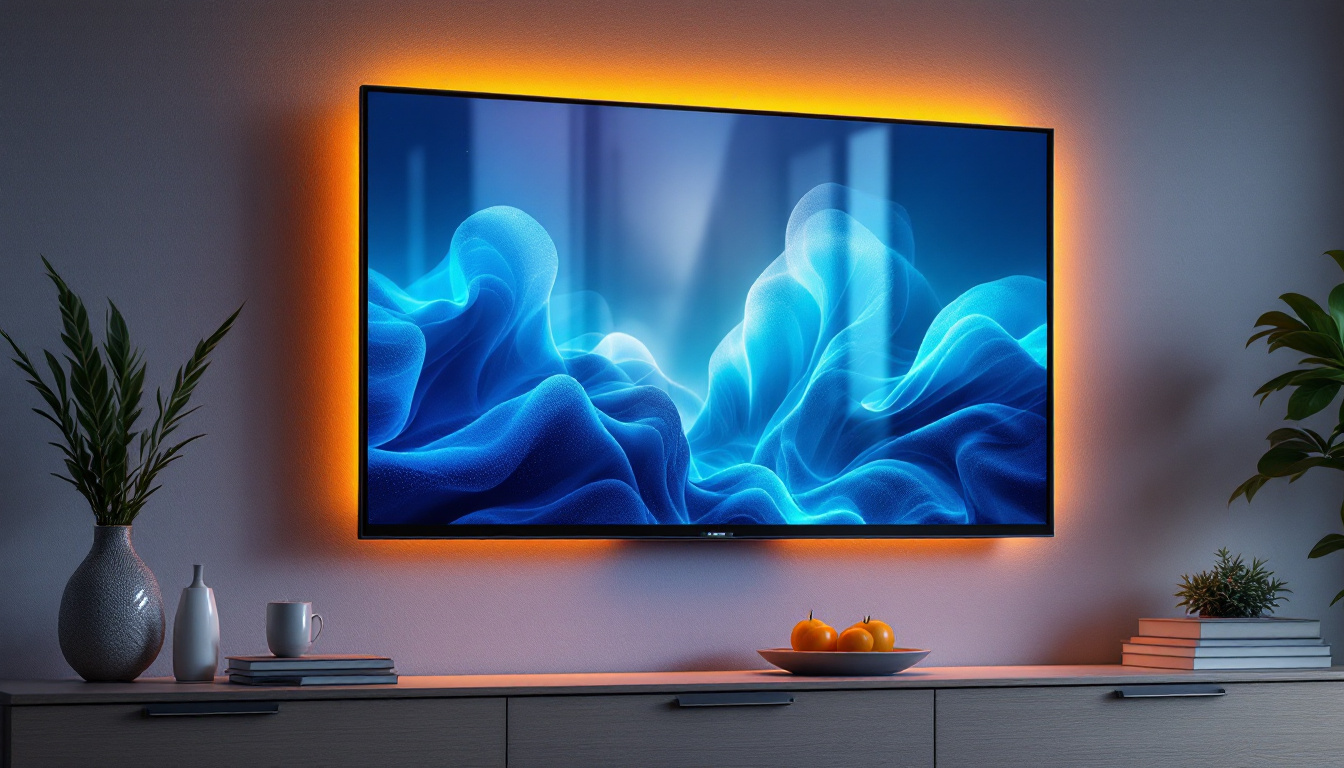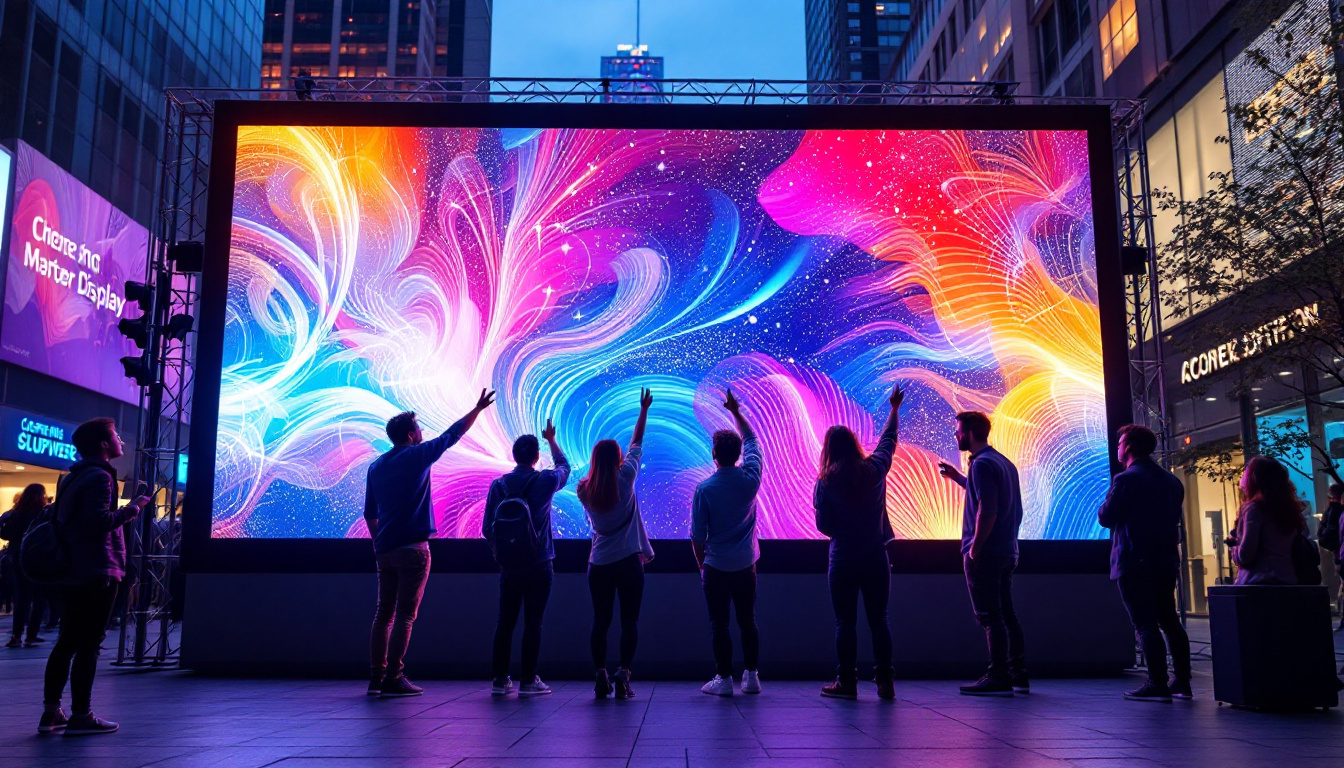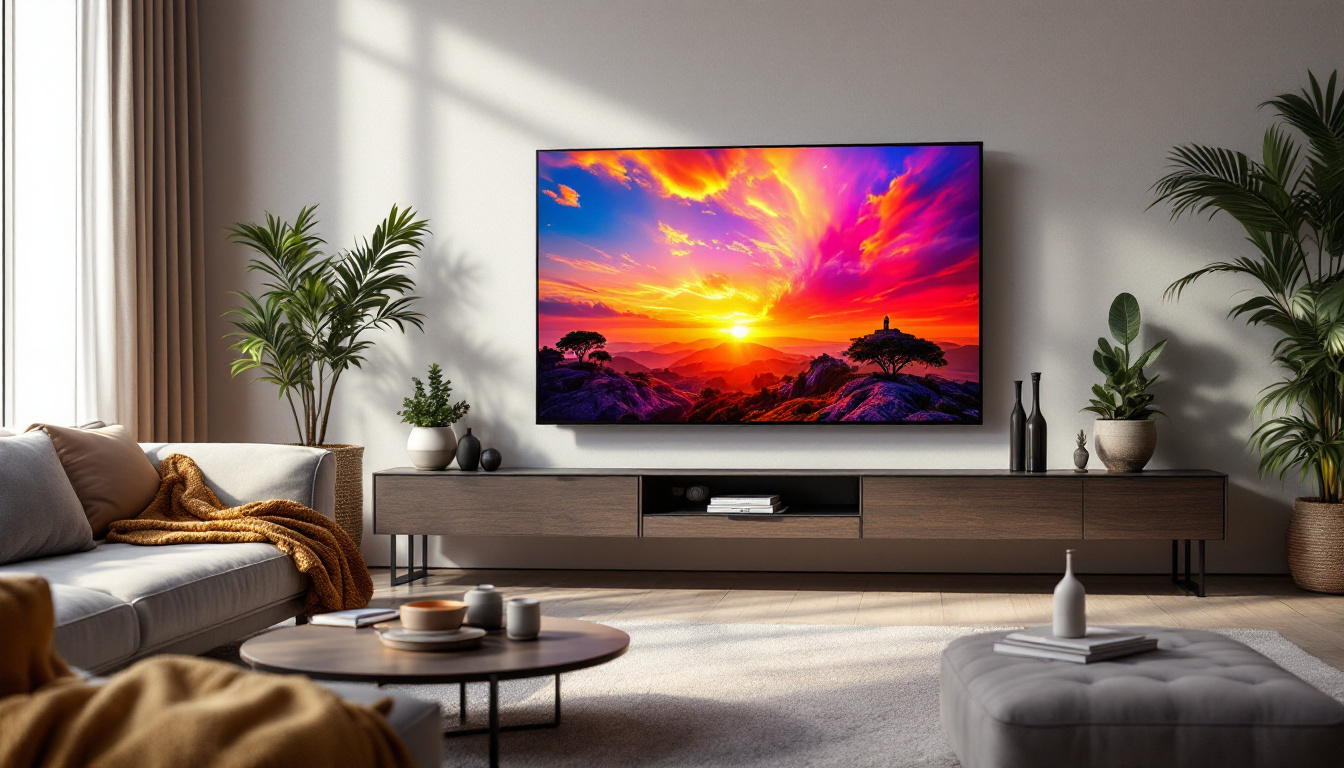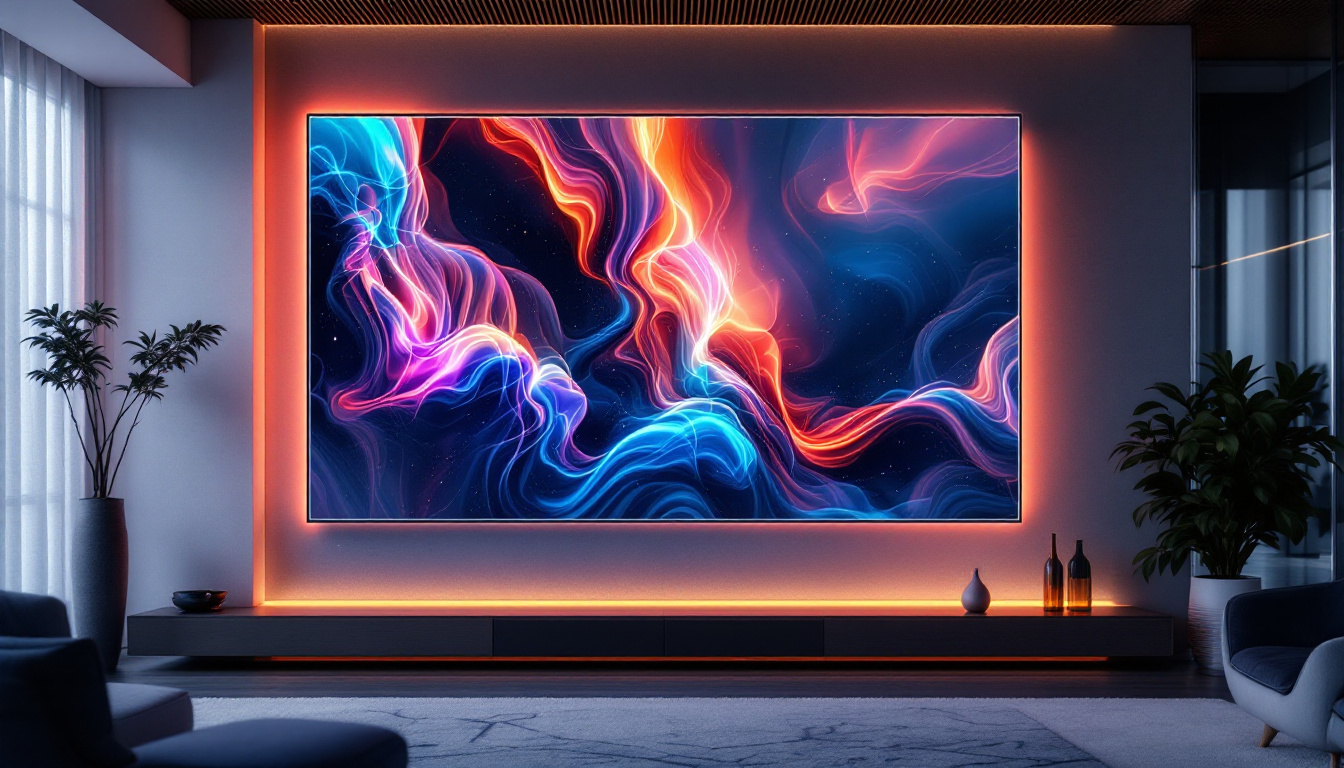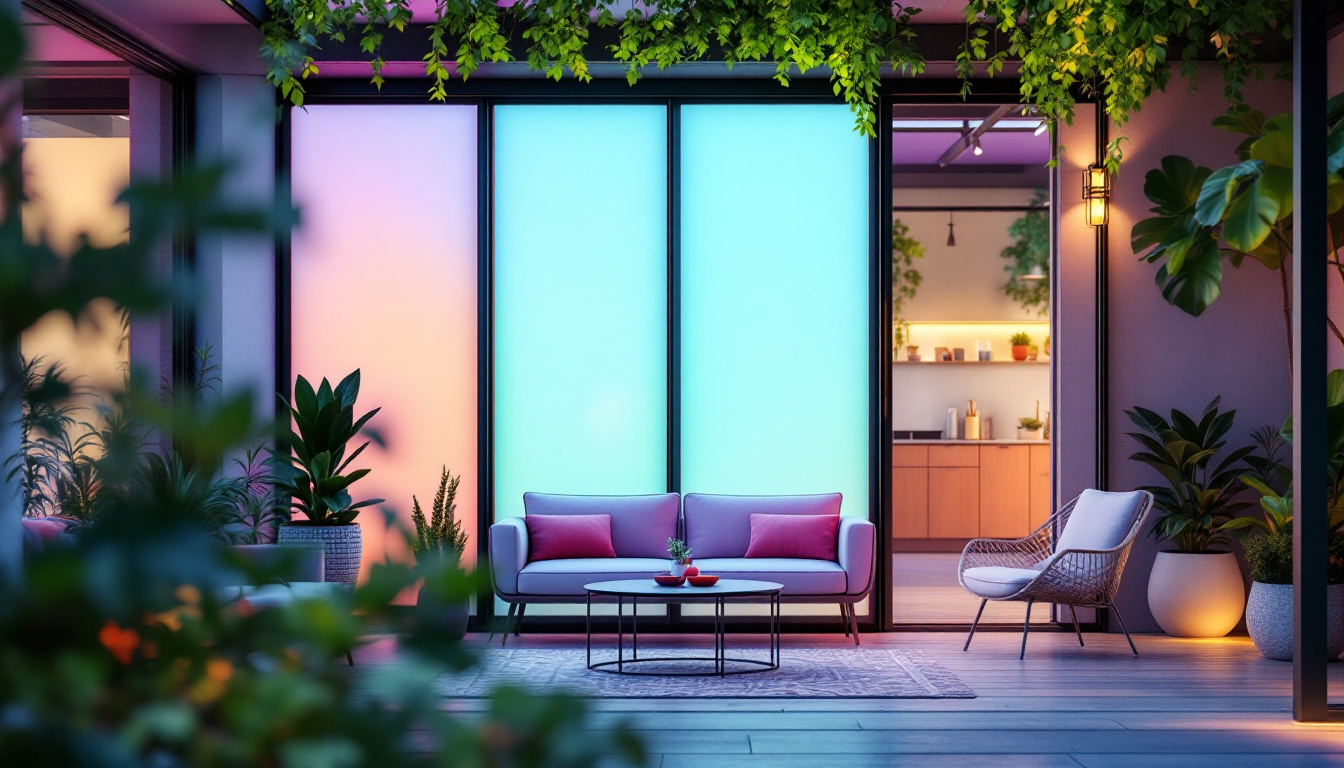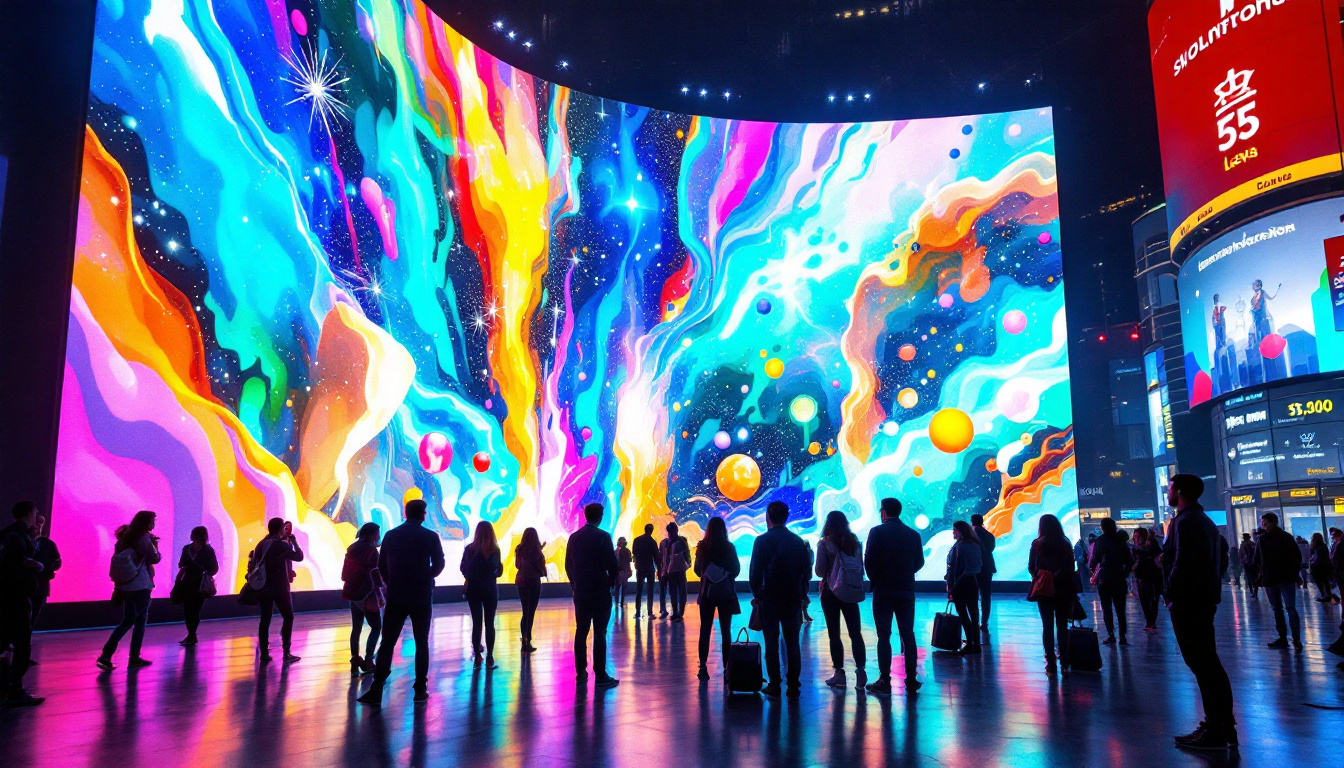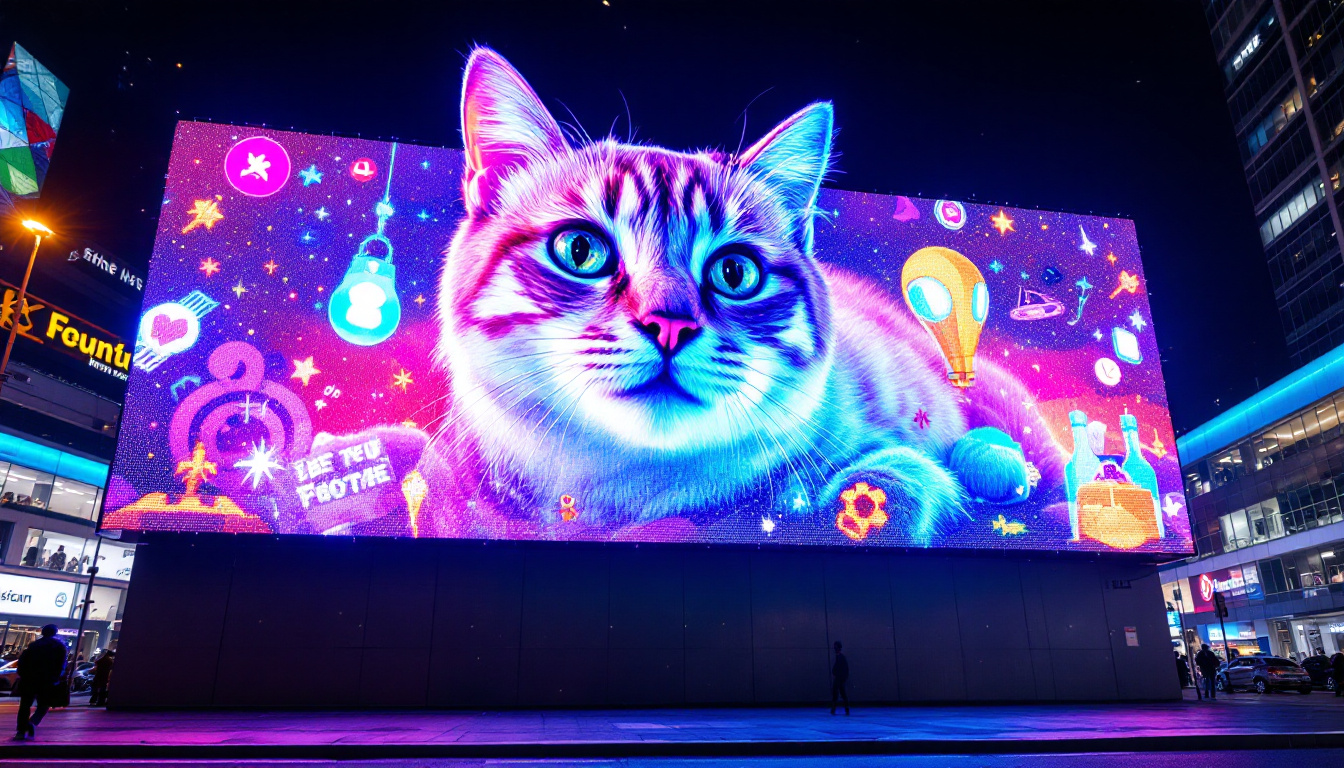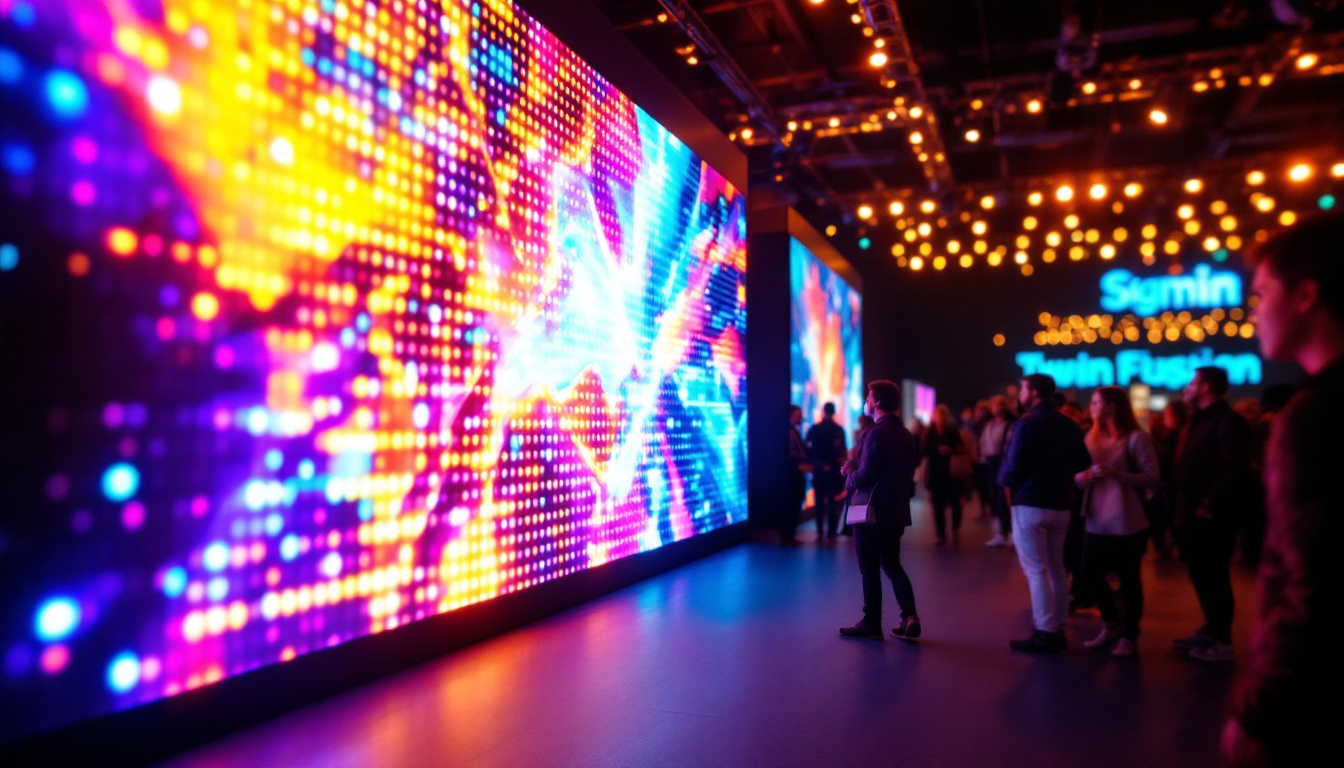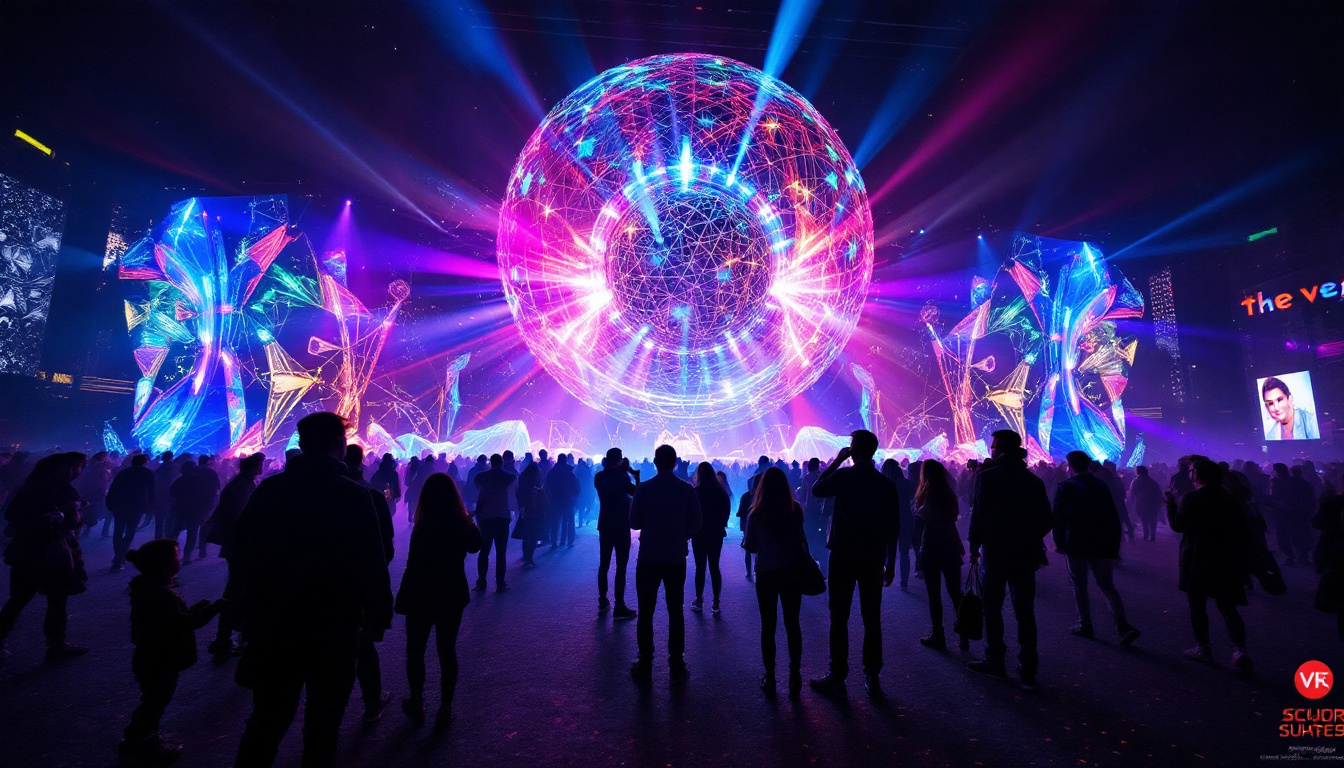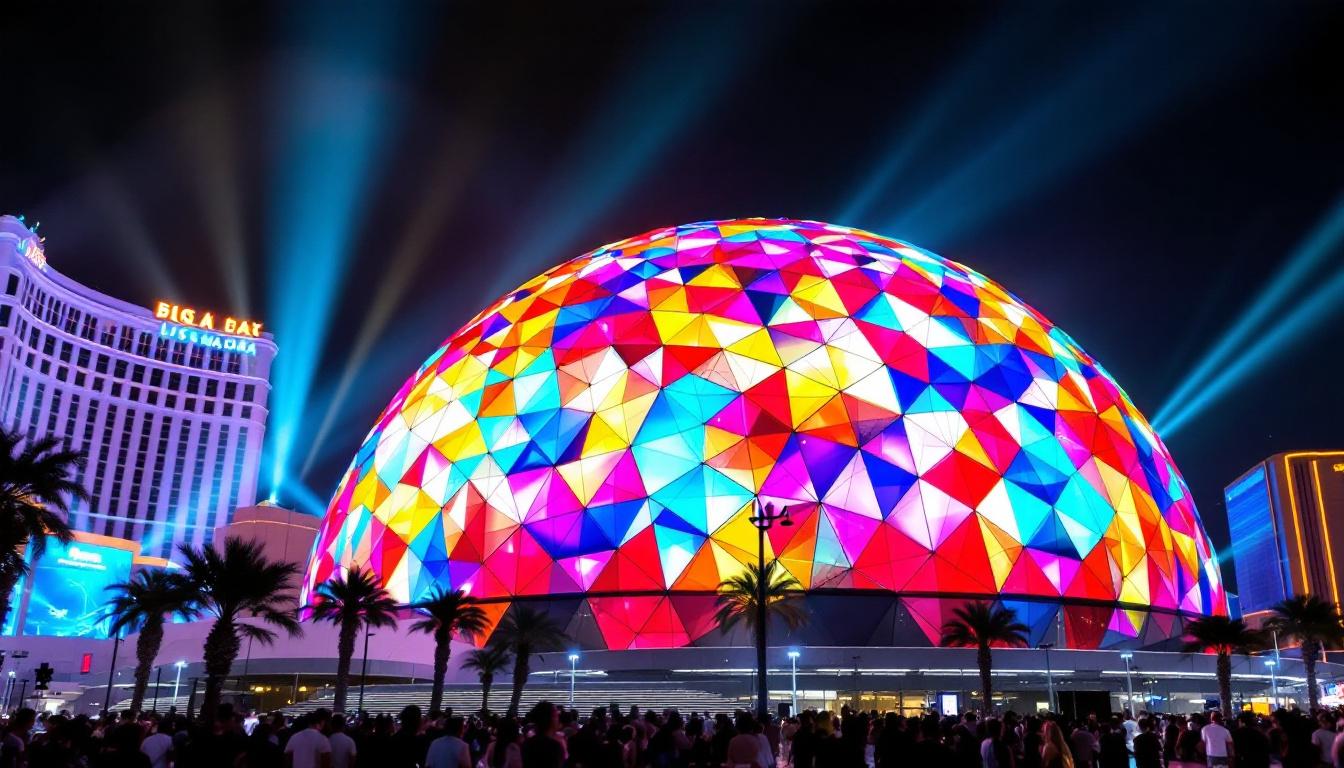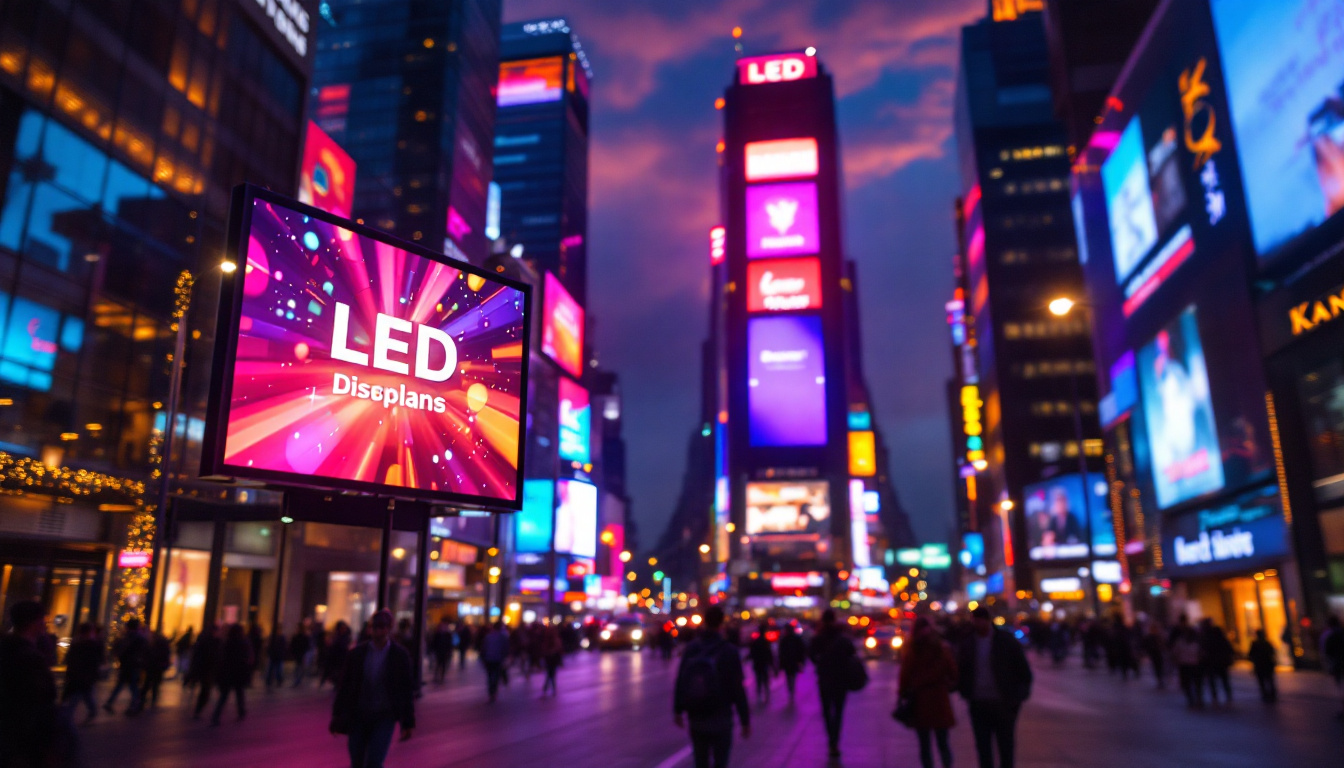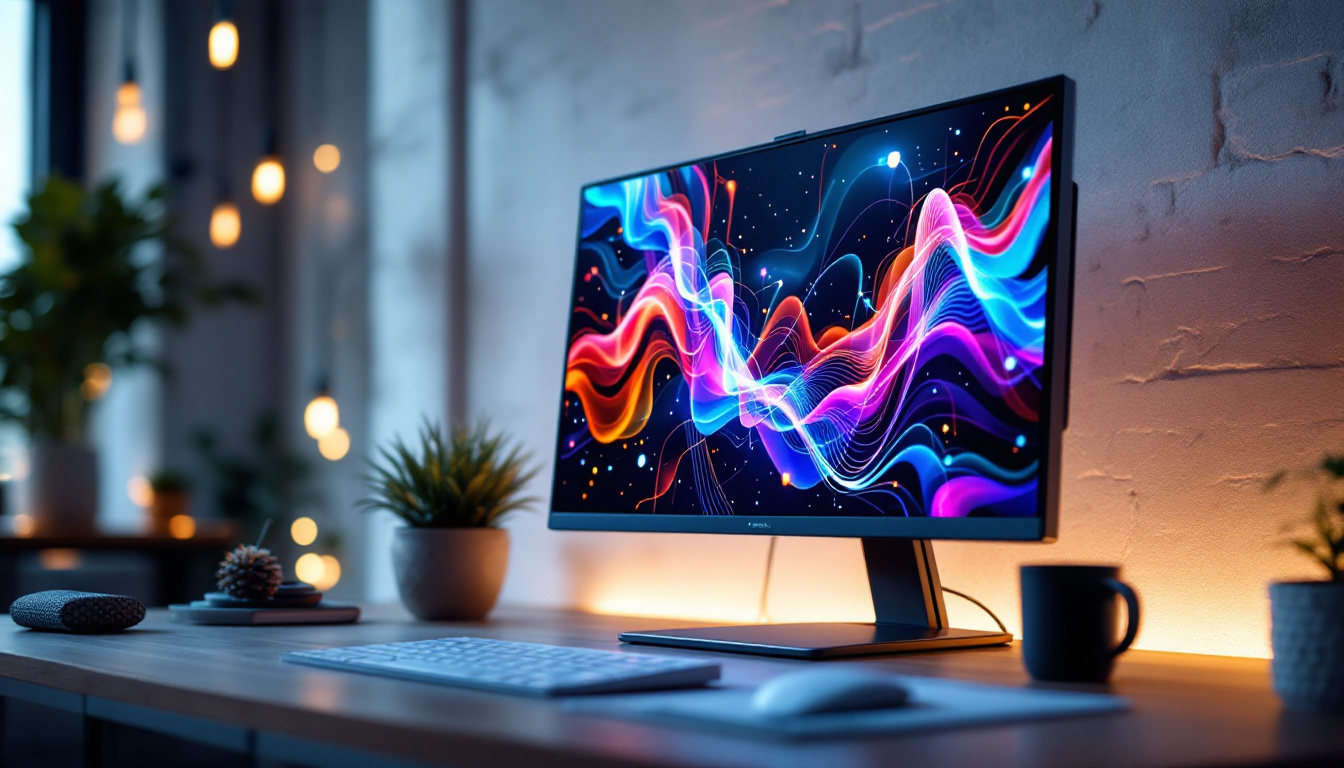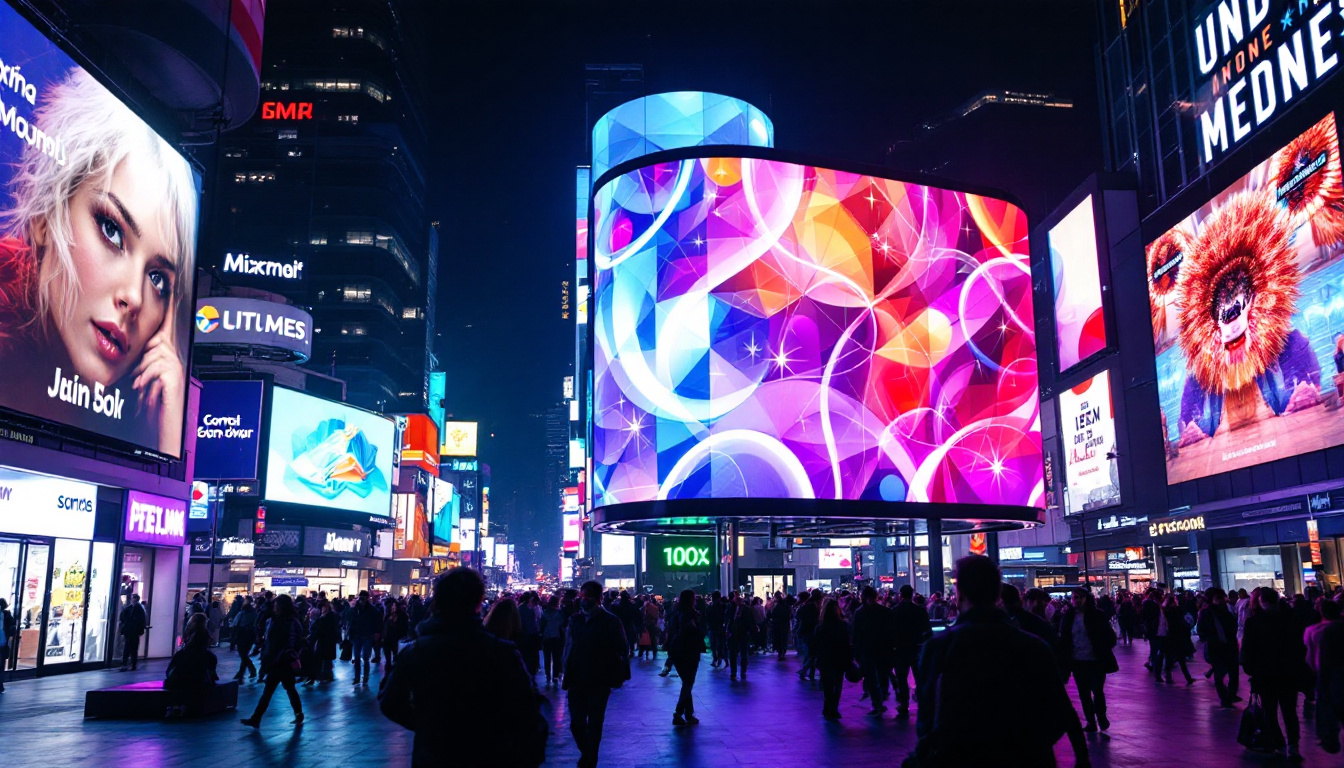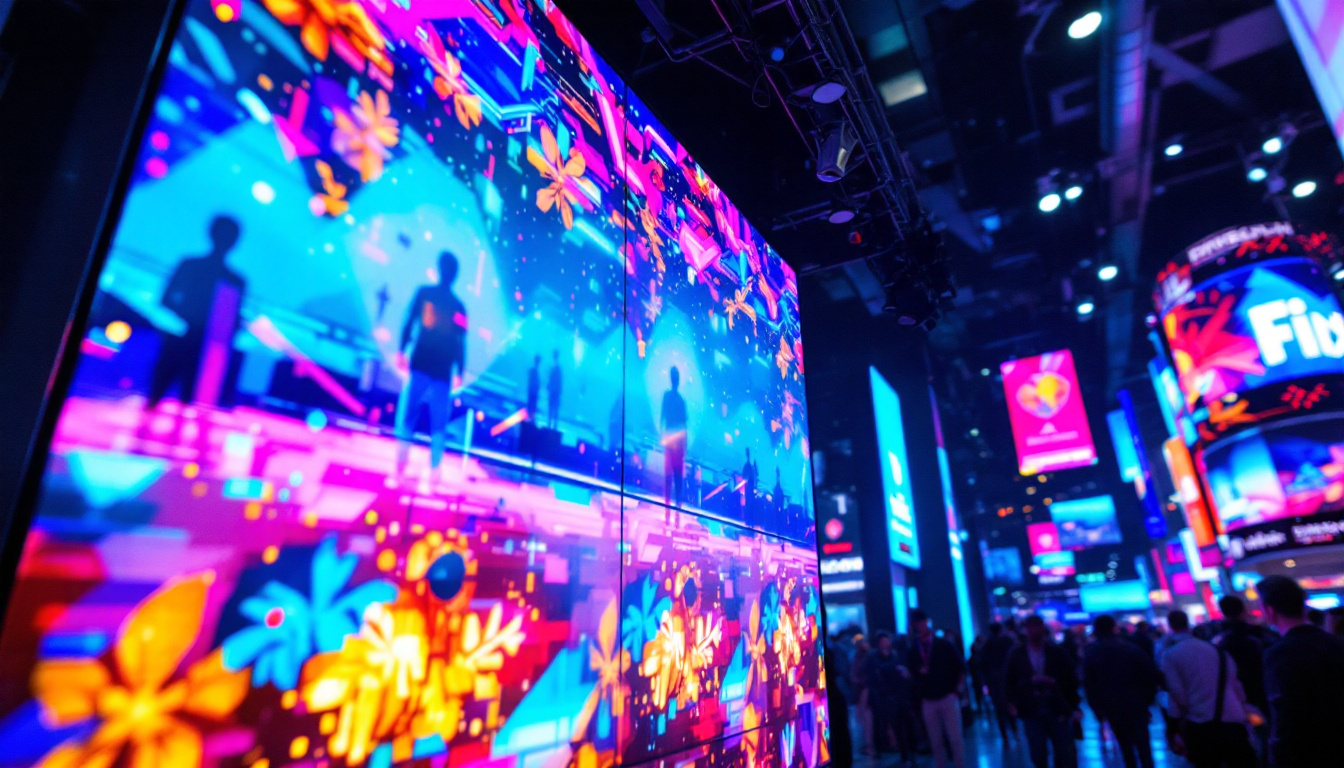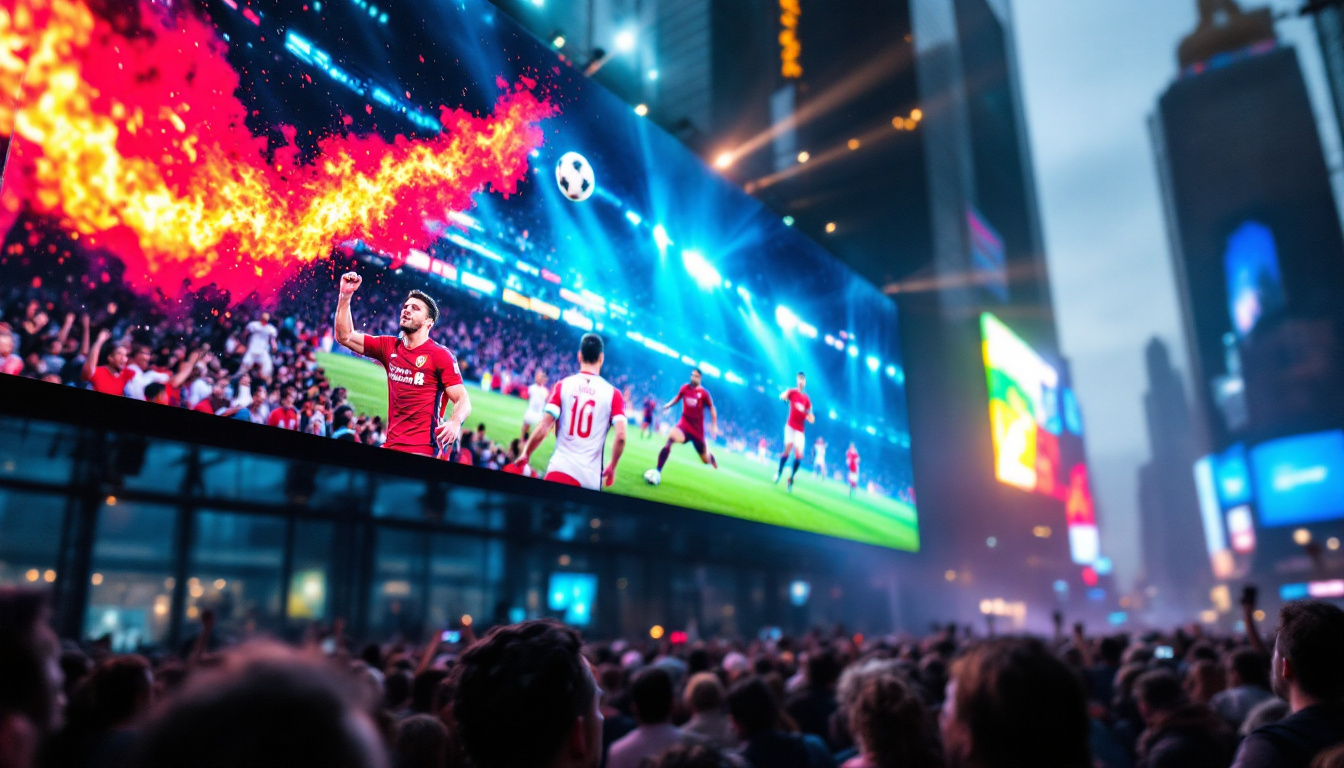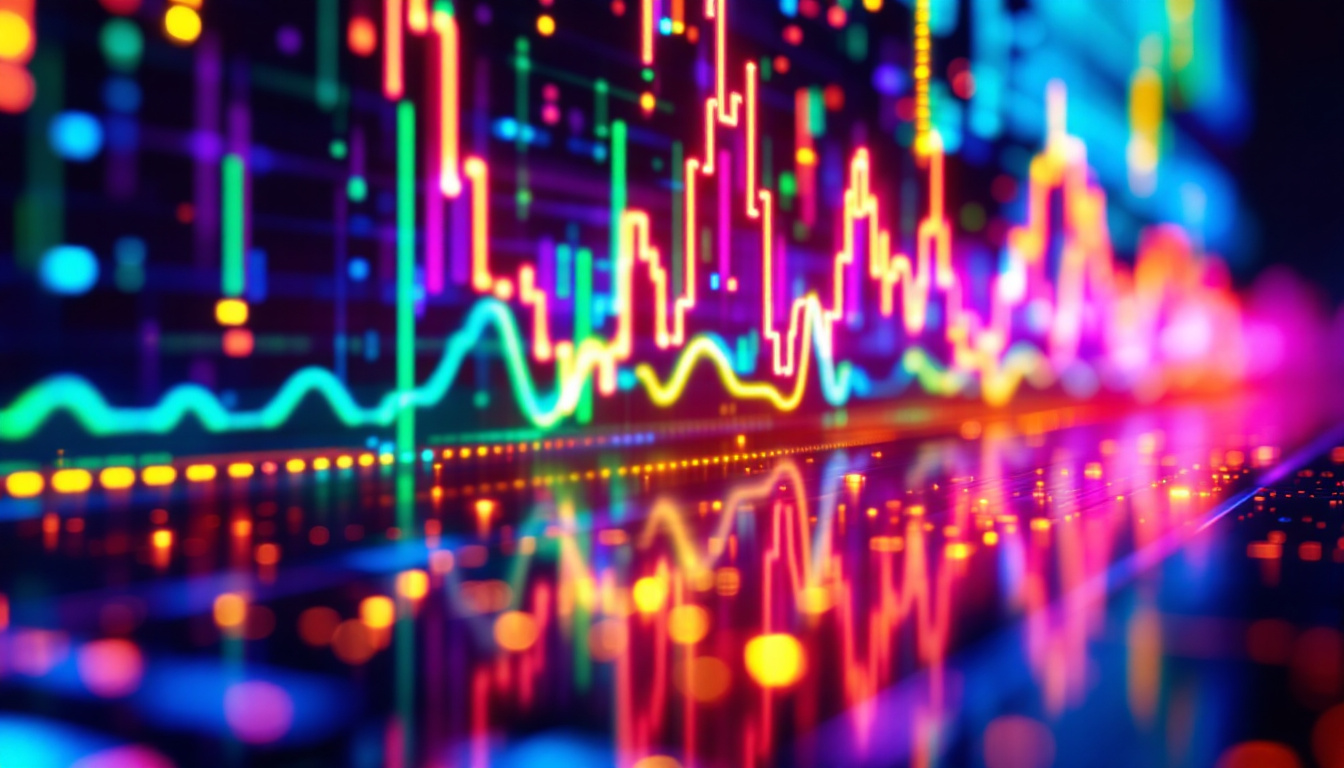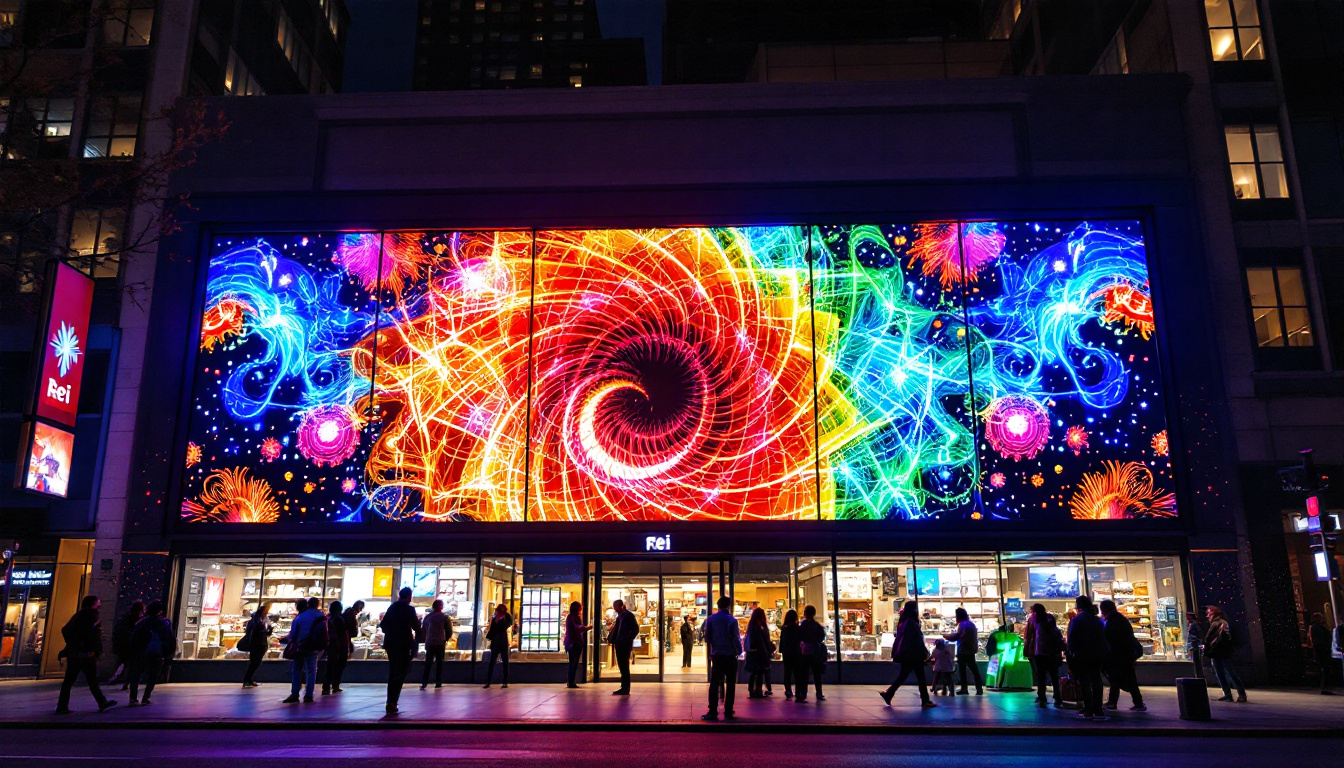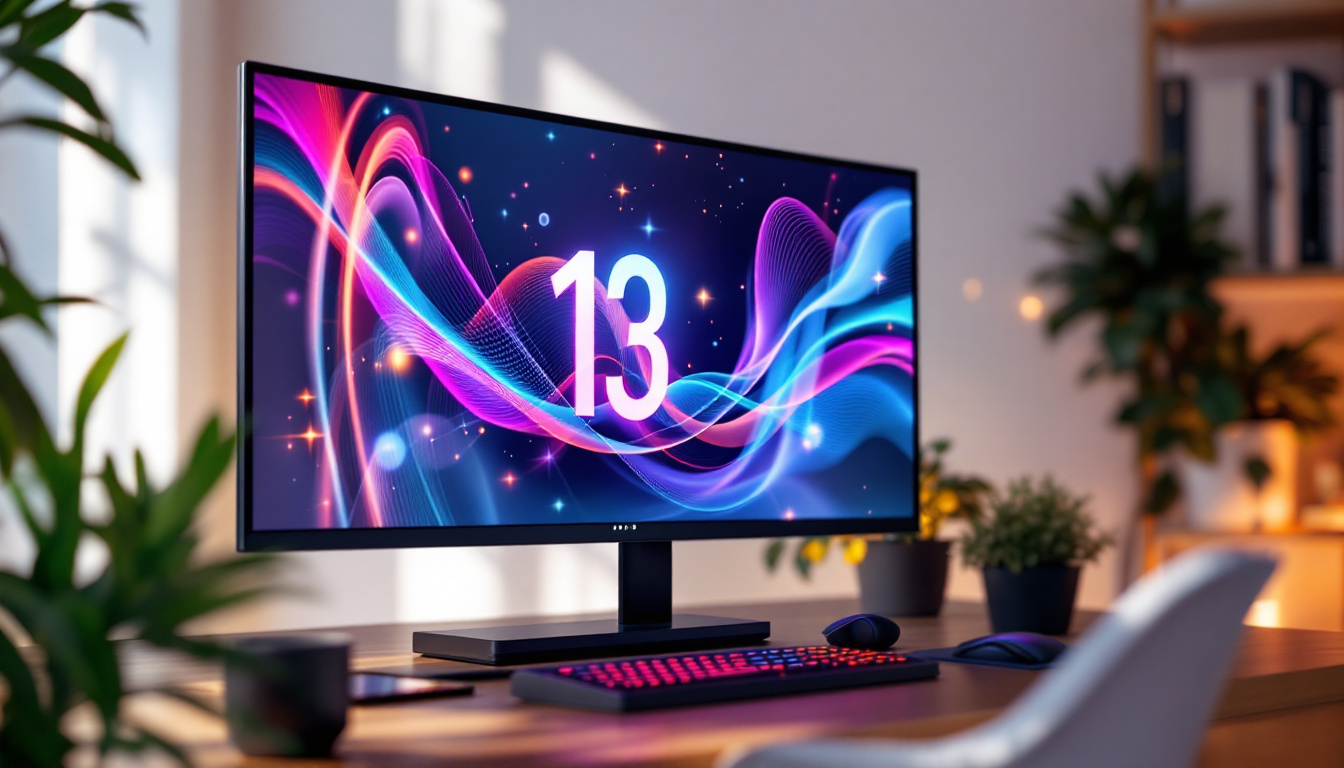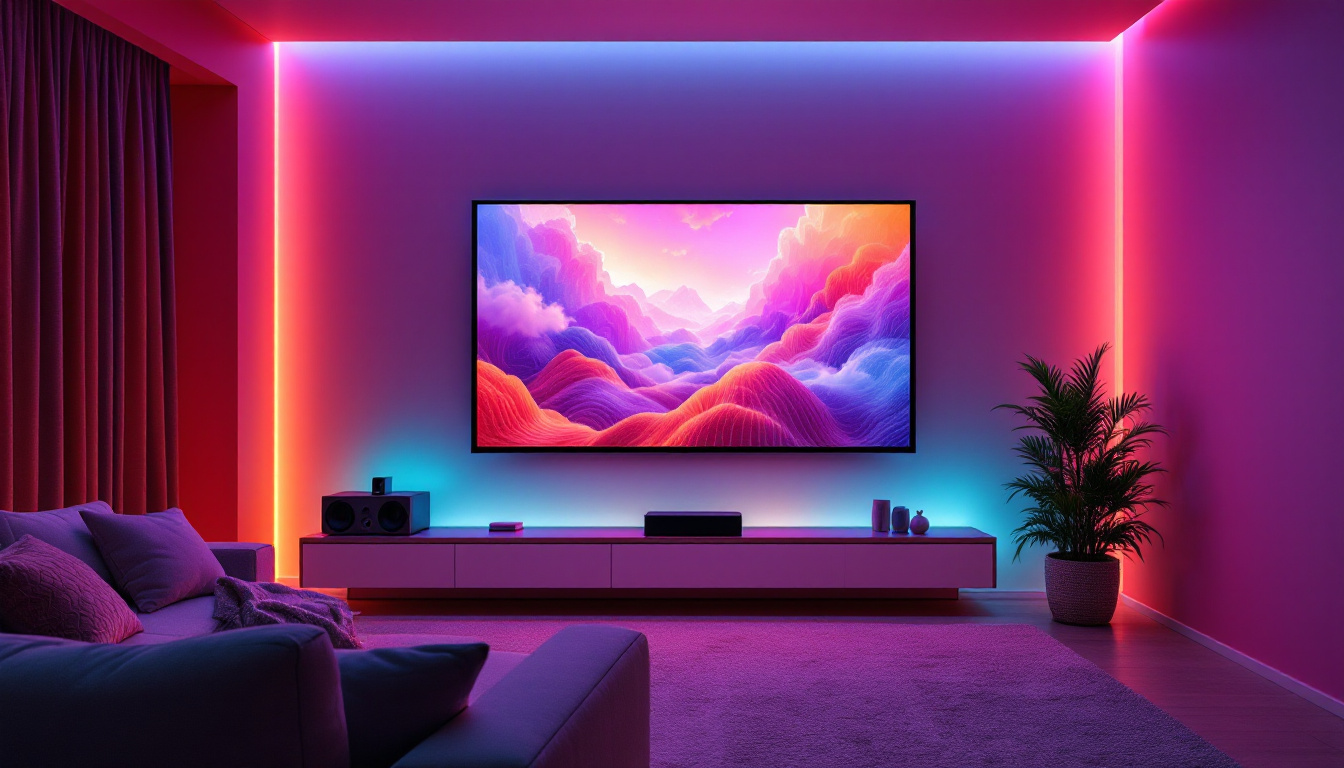In the realm of modern visual technology, LED displays have emerged as a dominant force, captivating audiences with their vibrant colors and exceptional clarity. At the heart of these dynamic displays lies the LED wall controller, a pivotal component that orchestrates the functionality and performance of the LED screen. This article delves into the intricacies of LED wall controllers, exploring their significance, functionality, and the various types available in the market.
Understanding LED Displays
LED displays are ubiquitous in various settings, from large outdoor billboards to indoor event venues. These displays utilize light-emitting diodes (LEDs) to produce images and videos that are not only visually striking but also energy-efficient. The technology behind LED displays has evolved significantly, leading to enhanced resolution, brightness, and durability. As a result, they have become a preferred choice for advertisers and event organizers looking to captivate audiences with vibrant visuals.
The Basics of LED Technology
At its core, an LED display consists of numerous individual LEDs arranged in a grid. Each pixel is typically made up of red, green, and blue (RGB) diodes, which combine to create a full spectrum of colors. The ability to control each pixel independently allows for stunning visual effects and high-definition imagery. This pixel-level control not only enhances the quality of the displayed content but also enables dynamic content changes, making it possible to showcase everything from static advertisements to animated graphics seamlessly.
LED technology offers several advantages over traditional display methods, including lower power consumption, longer lifespan, and greater flexibility in design. This adaptability makes LED displays suitable for a wide range of applications, from advertising to entertainment and information dissemination. Furthermore, advancements in technology have led to the development of smart LED displays that can be integrated with sensors and software, allowing for interactive experiences that engage viewers in real-time.
Types of LED Displays
LED displays can be categorized into various types based on their application and design. Common types include:
- Indoor LED Displays: These are designed for use in controlled environments, such as concert halls, shopping malls, and conference rooms. They typically have a higher pixel density, resulting in sharper images viewed from closer distances. The versatility of indoor displays allows them to be used for everything from live event broadcasting to digital signage in retail spaces.
- Outdoor LED Displays: Built to withstand the elements, outdoor displays are brighter and more durable. They are often used for advertising billboards and public announcements. These displays are engineered to resist weather conditions, ensuring consistent performance regardless of rain, snow, or intense sunlight, making them a reliable choice for outdoor advertising campaigns.
- Transparent LED Displays: Offering a unique aesthetic, these displays allow light to pass through, making them ideal for retail environments where visibility is crucial. This innovative design not only enhances the visual appeal of storefronts but also allows businesses to maintain an open and inviting atmosphere while showcasing promotional content.
Additionally, there are specialized LED displays, such as flexible LED screens that can be bent or shaped to fit unique spaces, and high-definition LED walls that create immersive environments for exhibitions and trade shows. The continuous evolution of LED technology promises even more exciting developments in the future, as manufacturers explore new materials and techniques to push the boundaries of what is possible in display technology.
The Role of the LED Wall Controller
The LED wall controller is an essential device that manages the input and output of signals to the LED display. It ensures that the content displayed is rendered accurately and in real-time, providing a seamless viewing experience. Understanding the functionality of the LED wall controller is crucial for anyone involved in the operation or maintenance of LED displays.
Key Functions of the LED Wall Controller
LED wall controllers perform several critical functions that contribute to the overall performance of the display:
- Signal Processing: The controller processes video signals from various sources, such as computers, cameras, and media players, converting them into a format that the LED display can understand.
- Content Management: It allows users to manage and schedule content, ensuring that the right information is displayed at the right time. This is particularly important for advertising and event announcements.
- Calibration: The controller can adjust brightness, contrast, and color settings to ensure uniformity across the display, enhancing the visual quality.
Components of an LED Wall Controller
An LED wall controller comprises several components that work together to facilitate its functions:
- Input Ports: These ports receive signals from various sources, including HDMI, DVI, and VGA connections.
- Processing Unit: The heart of the controller, this unit processes incoming signals and converts them into a format suitable for the LED display.
- Output Ports: These ports transmit the processed signals to the LED display, ensuring accurate rendering of images and videos.
Types of LED Wall Controllers
When selecting an LED wall controller, it is essential to consider the specific needs of the application. Various types of controllers are available, each designed to cater to different requirements.
Standalone LED Wall Controllers
Standalone controllers are self-contained units that can manage a single LED display or a small array of displays. They are user-friendly and often come with built-in software for content management. These controllers are ideal for smaller installations where simplicity and ease of use are paramount.
Modular LED Wall Controllers
Modular controllers are designed for larger installations, allowing for scalability and flexibility. These systems can be expanded by adding additional modules, making them suitable for complex setups such as large-scale events or multi-display configurations. Modular controllers often offer advanced features, including remote management and enhanced processing capabilities.
Software-Based LED Wall Controllers
Software-based controllers utilize computer software to manage LED displays, providing extensive customization and control options. These systems are often used in professional environments, such as broadcasting studios and large events, where precise control over content and display settings is required. Software-based solutions can integrate with other technologies, such as lighting and sound systems, for a cohesive production experience.
Choosing the Right LED Wall Controller
Selecting the appropriate LED wall controller is crucial for maximizing the performance of an LED display. Several factors should be considered when making this decision.
Display Size and Resolution
The size and resolution of the LED display play a significant role in determining the type of controller needed. Larger displays with higher resolutions may require more advanced controllers to handle the increased data load. It is essential to ensure that the controller can support the display’s specifications to avoid performance issues.
Content Type and Usage
The type of content that will be displayed also influences the choice of controller. For instance, if the display will primarily showcase video content, a controller with robust video processing capabilities will be necessary. Conversely, if the display is used for static images or text, a simpler controller may suffice.
Scalability and Future Needs
Considering future needs is vital when selecting an LED wall controller. If there is a possibility of expanding the display or adding more content sources, opting for a modular or software-based controller may be wise. This foresight can save time and resources in the long run.
Installation and Maintenance of LED Wall Controllers
Proper installation and maintenance of LED wall controllers are essential for ensuring optimal performance and longevity of the LED display. Understanding the installation process and maintenance requirements can help prevent common issues and enhance the overall user experience.
Installation Process
The installation of an LED wall controller involves several steps:
- Site Assessment: Before installation, a thorough assessment of the site is necessary to determine the best location for the controller and the LED display.
- Wiring and Connections: Proper wiring is crucial for signal integrity. All input and output connections must be securely made to avoid signal loss.
- Configuration: Once installed, the controller must be configured to match the specifications of the LED display, including resolution and refresh rate.
Regular Maintenance
Regular maintenance of the LED wall controller is essential for ensuring its longevity and optimal performance. Key maintenance tasks include:
- Software Updates: Keeping the controller’s software up to date can enhance performance and security.
- Cleaning: Dust and debris can accumulate around the controller, affecting its performance. Regular cleaning is necessary to maintain optimal conditions.
- Monitoring Performance: Regularly monitoring the performance of the LED display and controller can help identify potential issues before they escalate.
Future Trends in LED Wall Controllers
The landscape of LED wall controllers is continually evolving, driven by advancements in technology and changing user needs. Several trends are shaping the future of this essential component.
Integration with IoT
The integration of LED wall controllers with Internet of Things (IoT) technology is on the rise. This connectivity allows for remote monitoring and control, enabling users to manage their displays from anywhere in the world. IoT integration can enhance efficiency and provide valuable data insights, such as viewer engagement and display performance metrics.
Enhanced User Interfaces
As technology advances, user interfaces for LED wall controllers are becoming more intuitive and user-friendly. Touchscreen interfaces and mobile applications are increasingly common, allowing for easier content management and display control. These enhancements aim to simplify the user experience, making it accessible to individuals with varying levels of technical expertise.
Artificial Intelligence and Automation
Artificial intelligence (AI) is beginning to play a role in the management of LED displays. AI-driven systems can analyze viewer behavior and optimize content delivery accordingly. Automation features can streamline content scheduling and display adjustments, ensuring that the right message reaches the audience at the right time.
Conclusion
LED wall controllers are indispensable in the operation of LED displays, serving as the bridge between content sources and the visual output. Understanding their functionality, types, and installation requirements is essential for anyone involved in the use or management of LED technology. As advancements continue to shape the industry, staying informed about emerging trends will be crucial for maximizing the potential of LED displays in various applications.
Whether for advertising, entertainment, or information dissemination, the right LED wall controller can significantly enhance the effectiveness of an LED display, ensuring that it captivates and engages audiences effectively.
Discover LumenMatrix’s Advanced LED Display Solutions
Ready to elevate your visual experience with the latest in LED display technology? Look no further than LumenMatrix, a pioneer in crafting LED display modules that transform any space into a dynamic visual spectacle. From the immersive Indoor LED Wall Display to the robust Outdoor LED Wall Display, and from the innovative LED Transparent Display to the versatile All-in-One LED Display, LumenMatrix offers a comprehensive range of solutions tailored to your unique needs. Embrace the future of visual communication and make a lasting impression with LumenMatrix’s cutting-edge digital signage and LED display solutions. Check out LumenMatrix LED Display Solutions today and see your vision come to life.


